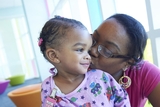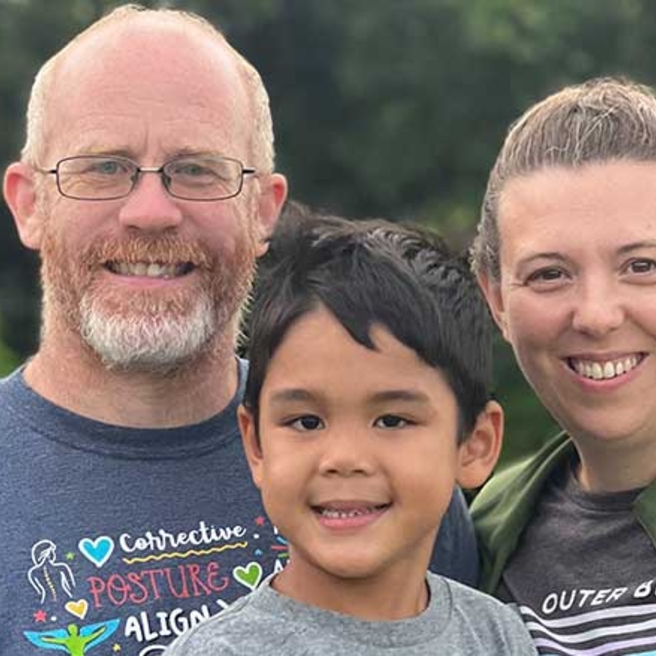Brachial Plexus Injury Program

Infants and children with brachial plexus and peripheral nerve injuries – including birth-related palsies, brachial plexus trauma and tumors – require specialized care and treatment. At the Brachial Plexus Injury Program at Children's Hospital of Philadelphia (CHOP), a coordinated team of pediatric experts provides individualized care for children with brachial plexus injuries. These injuries affect the network of nerves that power the muscles in the arm and connect the spinal cord in the neck to the shoulder, arm and hand. Injuries to these nerves can cause weakness, numbness and paralysis.
We offer a variety of treatment options for patients with brachial plexus disorders, including occupational therapy and surgery. Our goal is to help your child regain the use of their injured arm and continue to explore their world.
How we serve you
From the initial evaluation through recovery and long-term management, we're here for your family at every stage. Your child's treatment will be personalized based on the type and degree of injury, and may include occupational therapy, splinting or surgery. We work with your pediatrician to ensure your child's long-term care.
Conditions we treat
We treat infants, children and teens with all types of brachial plexus injuries. Brachial plexus injuries affect the network of nerves that control the arm and can lead to weakness, numbness or paralysis.

Why choose us for brachial plexus injures
Our team develops a customized treatment plan for each child with a brachial plexus injury that will work for your family, avoids unnecessary testing and incorporates surgery only when necessary.

Meet our team
Your child's care team includes experts in pediatric neurology, neurosurgery, orthopedic surgery, plastic surgery, occupational therapy and radiology.

Our locations
You can visit the Brachial Plexus Injury Program at several locations in Pennsylvania and New Jersey.

Our research
Researchers at CHOP work to better understand brachial plexus birth injury trends in the United States and how changes in obstetric care practices have improved patient outcomes.

Resources for families
We have compiled educational materials and videos to help you feel more confident in the care you provide for your child.

About your child’s appointment
Whether your child was born with a brachial plexus injury or an injury happened during childhood, your child’s first visit to our program typically includes an evaluation by a pediatric neurologist, orthopedic surgeon and occupational therapist.
Your donation changes lives
A gift of any size helps us make lifesaving breakthroughs for children everywhere.


